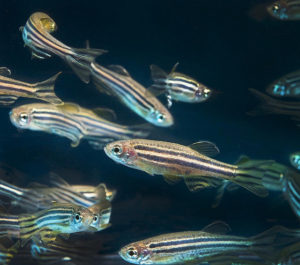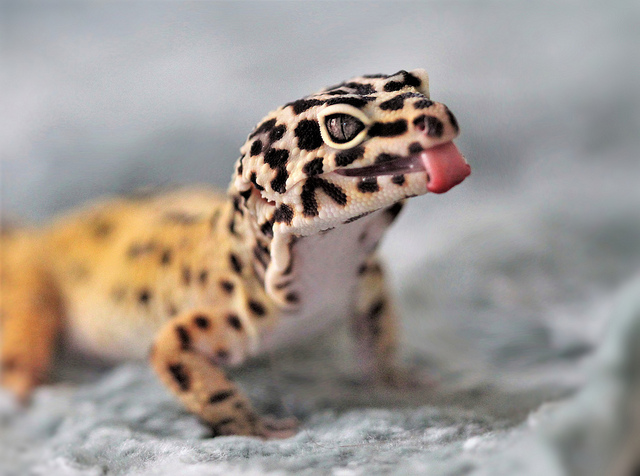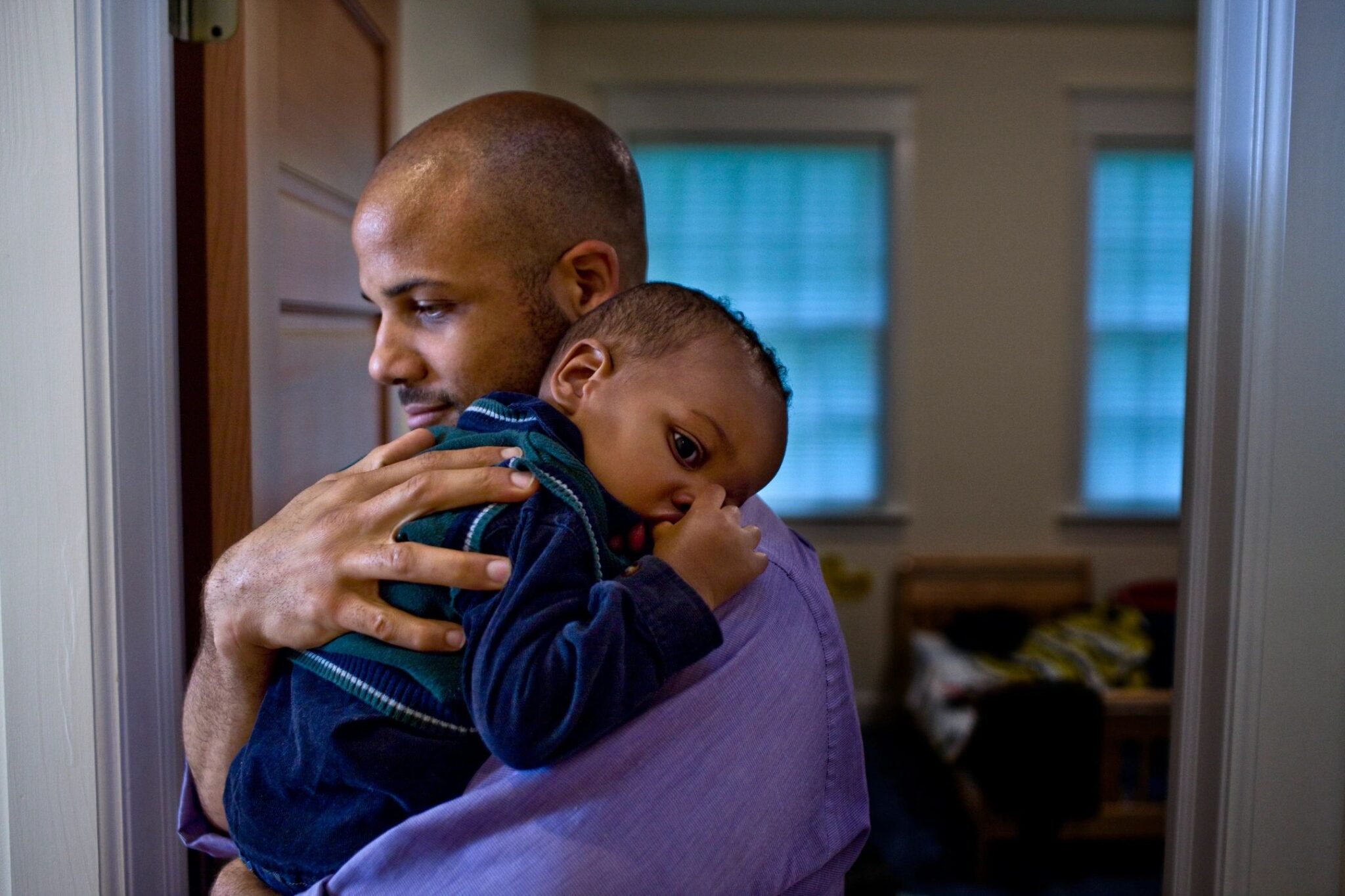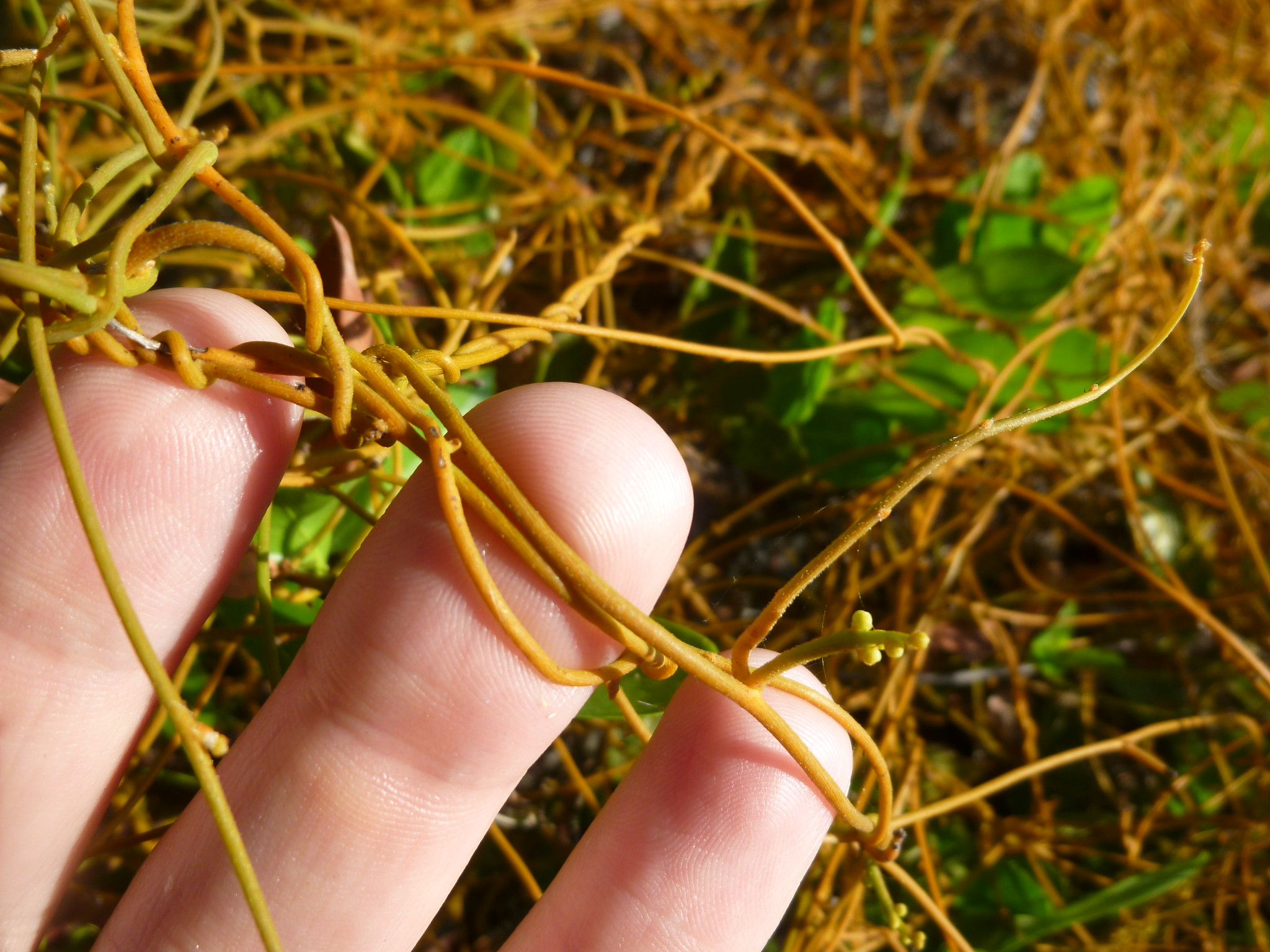By Noeline Subramaniam (@spicy_scientist)
Regeneration often sounds like science fiction—Wolverine’s healing superpowers probably spring to mind. But you don’t have to be a mutant to be able to regenerate. In fact, humans have the ability to regenerate in utero until the beginning of the third trimester. With the exception of our liver and digit tips, we largely lose this capacity as adults—but why? Let’s turn to the animal kingdom for answers.
Is regeneration lost through evolution?

Before we get to the species that, for the most part, are unable to regenerate, there is quite a spectrum of animals with astonishing regenerative abilities to consider. The zebrafish, for example, can replace its spinal cord, heart, retina, amputated fins, even lesioned regions of the brain. Certain salamanders, like the axolotl, can regrow a number of their body parts, including limbs, jaw, tail, and spinal cord. Further along the spectrum, there are animals like the spiny mouse, which can undergo skin autotomy (self-detachment of the skin), and the leopard gecko, which is capable of skin and tail regeneration.
Why are some organisms able to regenerate and others cannot? We hope that by studying species with varying regenerative abilities we will be able to identify the exact mechanism by which scar-free healing occurs. In my master’s thesis, which discusses this very question, I used the leopard gecko as my model to understand its ability to heal its skin scar-free. As an amniote (like humans), it is a more closely related regeneration-competent animal to study.
Understanding regeneration: how wounds heal
Broadly speaking, the events of wound healing occur in each of the three phases of both scar formation and scar-free healing: (1) blood clotting and inflammation, (2) cell division, and (3) remodeling. The difference in the outcome of the two healing processes lies in the magnitude and duration of each event and sub-event within the three phases. Because the majority of regenerative research centers on the events that occur in the wound bed (aka the dermis), I focused my studies on the role of the outer layer of the skin (aka the epidermis).

To scar or not to scar
One of the key differences between animals that heal scar-free and animals that heal with a scar was that regeneration-competent organisms reestablish their epidermis significantly faster than regeneration-incompetent organisms. The main purpose of my work was to understand how specific, highly conserved molecules (molecules found across a number of species) act in a scar-free environment. Two of these molecules, vascular endothelial growth factor (VEGF) and fibroblast growth factor (FGF), are essential for life—they help with cell growth, blood vessel formation, and, of course, wound healing.
Through my research, I found that these factors were present before, during, and after wound healing. Cross-referencing my findings with the data from previous studies that looked at the same molecules, I formulated some interesting hypotheses—namely, the presence of VEGF and FGF throughout the wound healing process helps not only reestablish homeostasis, but could also help protect against UV damage. Pretty wild, right?
So what’s the significance of this work? By increasing our understanding of the biology of wound healing, we may one day be able to therapeutically target specific molecules to try and improve our ability to heal, which would be especially important for burn victims and diabetic patients.
—Noeline Subramaniam is a PhD candidate at the University of Toronto. She is a vascular biologist interested in how blood vessels are formed and why this process differs in disease conditions. She hopes to make researchers more accessible by increasing the transparency between researchers and the public by sharing day-to-day life in the lab, advocating for diversity in STEM and her non-scientific pursuits. You can follow her on Instagram (@thespicyscientist) or on Twitter (@spicy_scientist).
References
Featured image: The leopard gecko is capable of regrowing its skin and tail. Image by Renee Grayson, courtesy of Flickr.
Gilbert, E. A., Delorme, S. L., & Vickaryous, M. K. (2015). The regeneration blastema of lizards: an amniote model for the study of appendage replacement. Regeneration, 2(2), 45-53. DOI: 10.1002/reg2.31.
Subramaniam, N., Petrik, J. J., & Vickaryous, M. K. (2018). VEGF, FGF-2 and TGFß expression in the normal and regenerating epidermis of geckos: implications for epidermal homeostasis and wound healing in reptiles [Abstract]. Journal of Anatomy, 232(5), 768-782. DOI: 10.1111/joa.12784.




